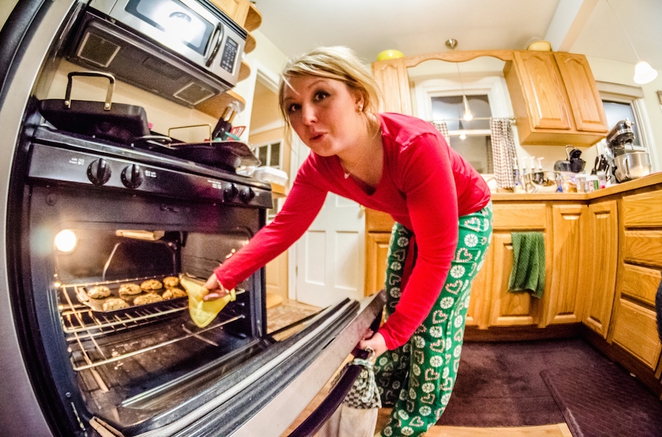Monday, 05/01/2026 | 09:45 GMT+7
Picking the right cooking method and tools for the job can reduce the amount of wasted energy, while saving you money.
The modern kitchen has countless options for turning ingredients into dinner, from fancy stovetops (gas, induction, electric, etc.) to microwaves, ovens, rice cookers, toaster ovens, crockpots, and sous vide cookers. Most home cooks have standard go-to methods for cooking certain dishes, but it’s good to take a step back to consider how much energy goes into preparing the food on your table and whether there’s a better, more efficient way of doing it. You might be surprised at which little things can make a big difference.
Match the cooking method to the meal
Minimize the area that needs to be heated. In other words, don’t heat up the entire oven to cook a single piece of fish; a toaster oven or stovetop pan would be a better choice. Use tools designed for specific tasks, i.e. crockpots for long, slow braises and stews, rice cookers. There are tradeoffs: microwaves, while being efficient and cheap in terms of energy use, compromise food quality.

Use the proper cookware
Don’t put a small pot on a large element. According to SmarterHouse, a 6” pan on an 8” electric burner wastes more than 40 percent of the heat produced by the burner. However, choose the smallest appropriate pan to do the job since it requires less energy to heat.
If possible, invest in high-quality cookware with sturdy bottoms. A cheap pan with a warped bottom can use 50 percent more energy to boil water.
“The ideal pan has a slightly concave bottom – when it heats up, the metal expands and the bottom flattens out. An electric element is significantly less efficient if the pan does not have good contact with the element.”
Glass and ceramic are more efficient in the oven than metal, allowing you to cook foods at 25°F lower in the same amount of time. Copper-bottomed pots also heat up faster.
Maintain your appliances
Keeping a stove and microwave clean can help with efficiency. When burner pans fill up with food waste, this absorbs heat and reduces burner efficiency. If they’re shiny, they reflect the heat back up to the pan. Microwaves work best when there are no food particles inside.
Use the self-cleaning feature rarely, but when you do, start it after using the oven to cook so it’s already hot.
Save time
Make sure previously frozen foods have defrosted fully and that meat has come to room temperature before cooking. This helps with even cooking and speeds up the process. If roasting vegetables, cut smaller to cook faster.
Skip preheating the oven, unless you’re baking pastries and bread, and get a few extra minutes of cooking time by putting food directly in the oven as soon as you turn it on.
Take advantage of having the oven on. Cook double amounts so that you have leftovers; it takes less energy to reheat than to cook. My personal rule is never to turn the oven on for just one thing. If I’m baking fish or pasta, then I roast vegetables alongside, mix up a quick dessert or batch of muffins, or throw in a few squash to be used in soups later in the week.
Save a couple dollars a month by cutting the heat early, especially if you use an electric stove and oven. The residual heat will continue to cook the food. An oven will keep baking if you resist the urge to open the door.
Anh Tuan








 Webinar 2: “Financial Support for Energy Efficiency Enterprises – Opportunities and Challenges”
Webinar 2: “Financial Support for Energy Efficiency Enterprises – Opportunities and Challenges”
 Vietnamese enterprises achieve green growth and cut costs through energy efficiency
Vietnamese enterprises achieve green growth and cut costs through energy efficiency
 Capacity Building for Program Implementing Entity
Capacity Building for Program Implementing Entity
 Enhance Energy Efficiency Knowledge for Managers of Cement Industrial Enterprises
Enhance Energy Efficiency Knowledge for Managers of Cement Industrial Enterprises
 Capacity building for participating financial institutions in Ho Chi Minh City
Capacity building for participating financial institutions in Ho Chi Minh City
 Strengthening capacity for energy management officers of local government agencies
Strengthening capacity for energy management officers of local government agencies
 Steel Enterprises Saving Energy and Enhancing Competitiveness
Steel Enterprises Saving Energy and Enhancing Competitiveness